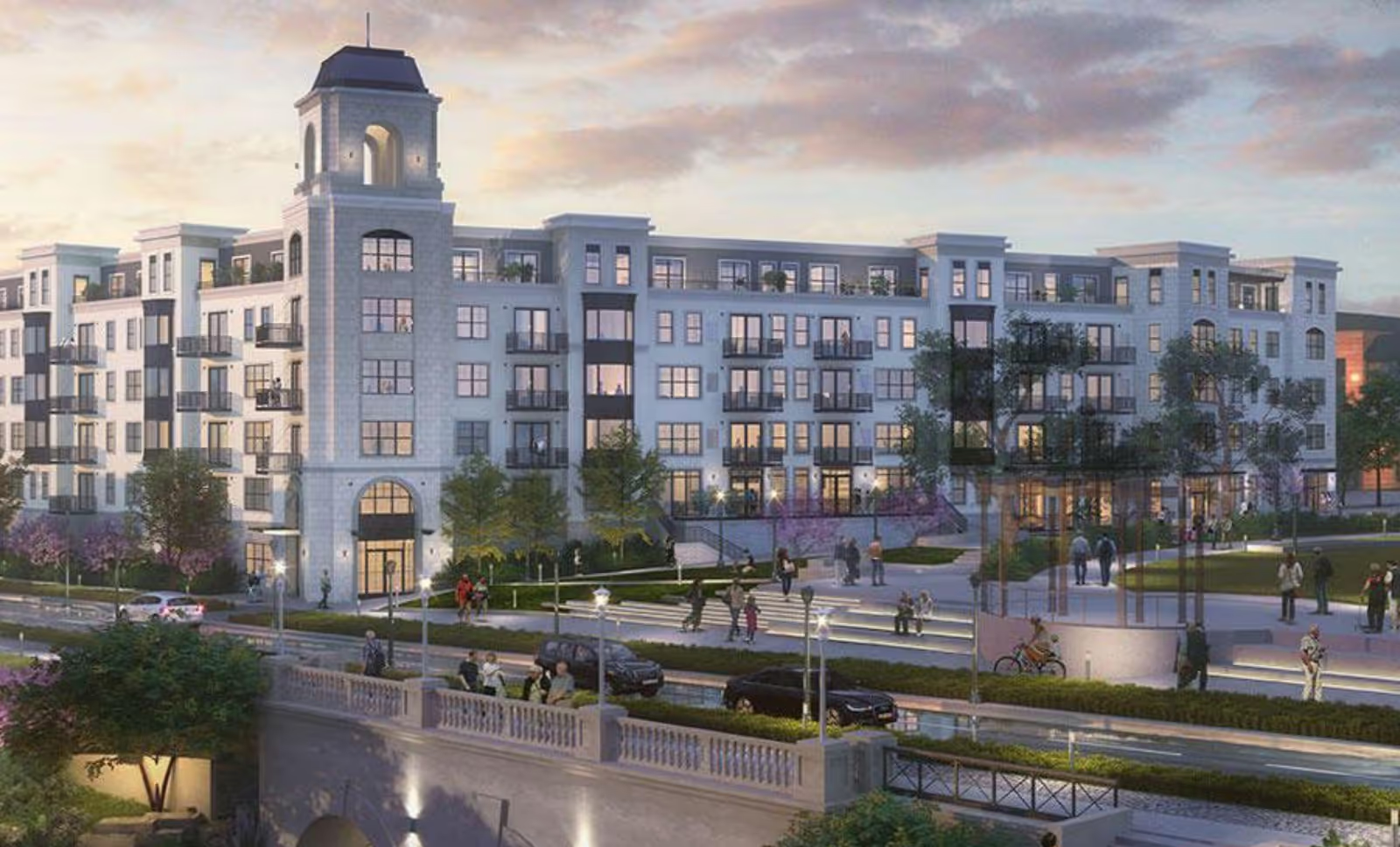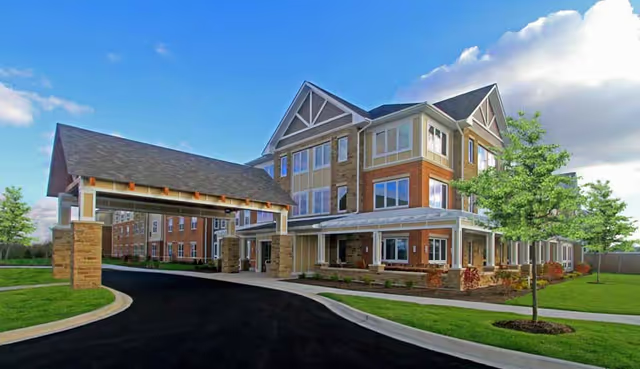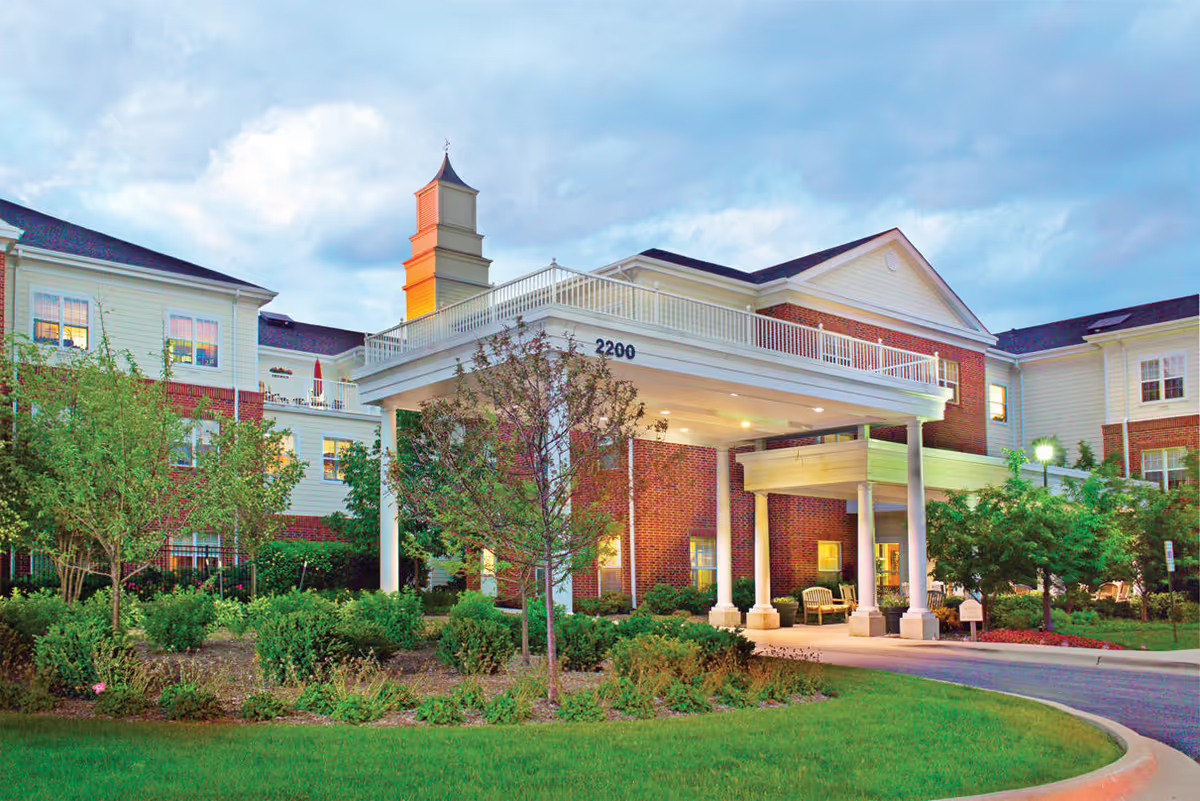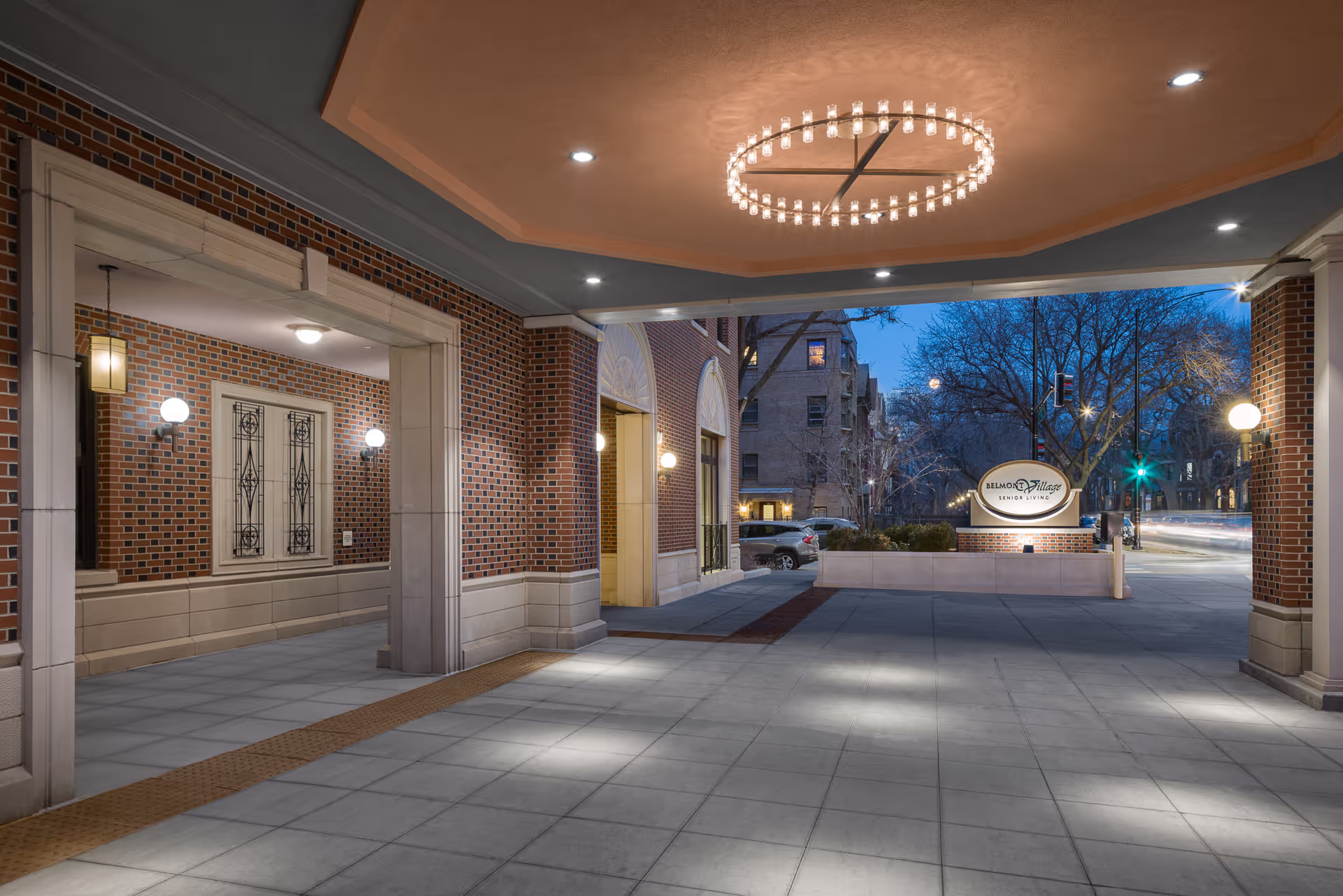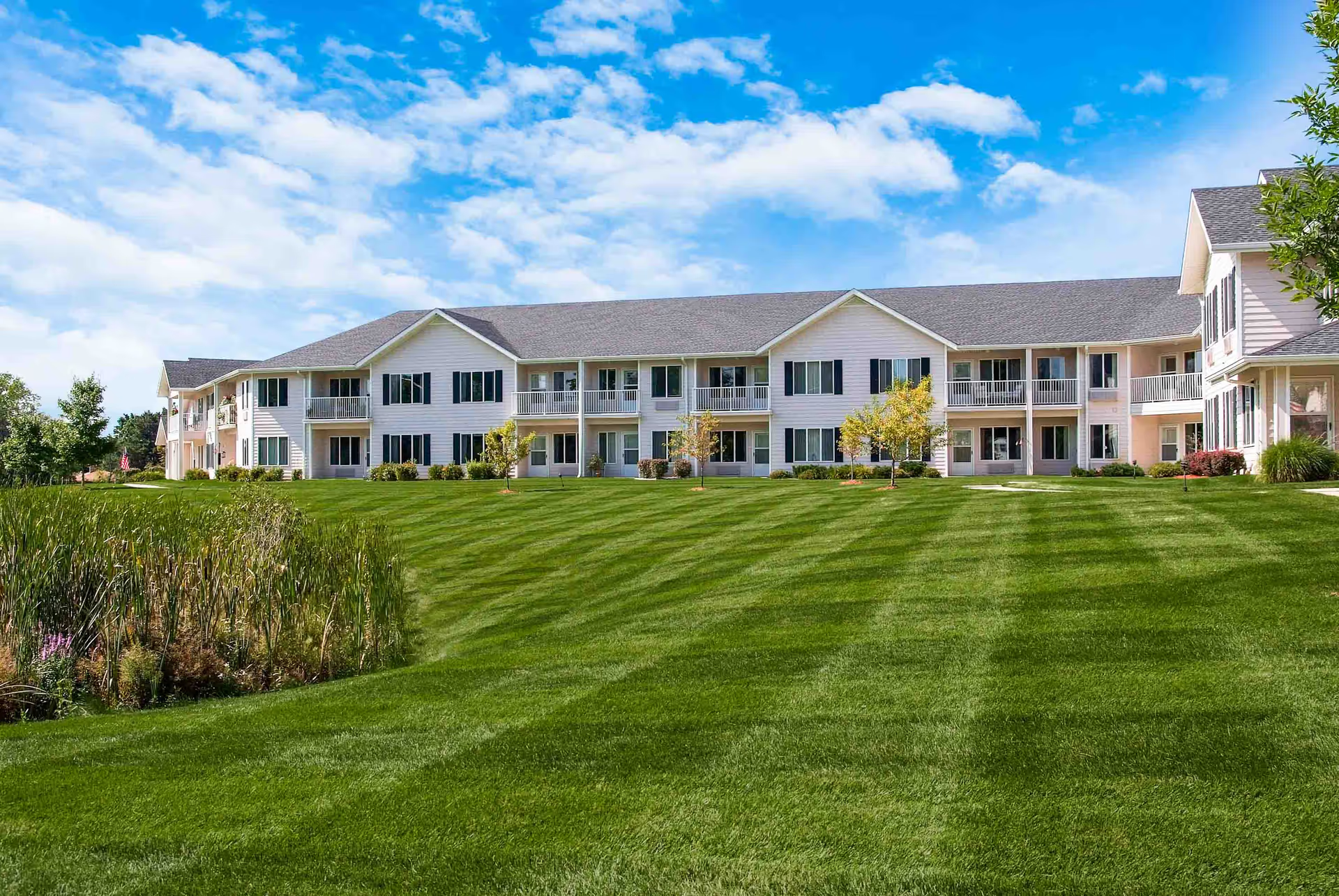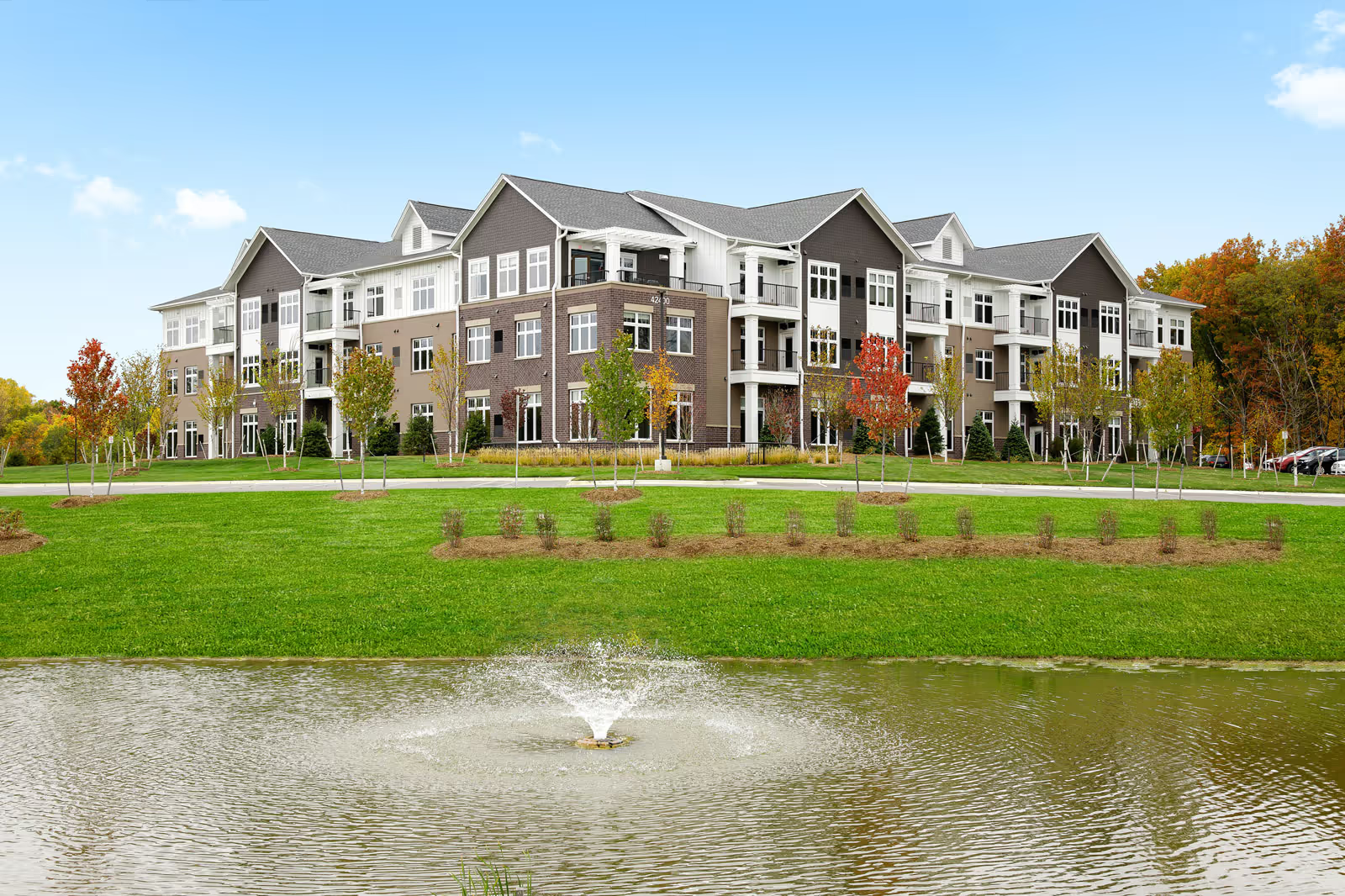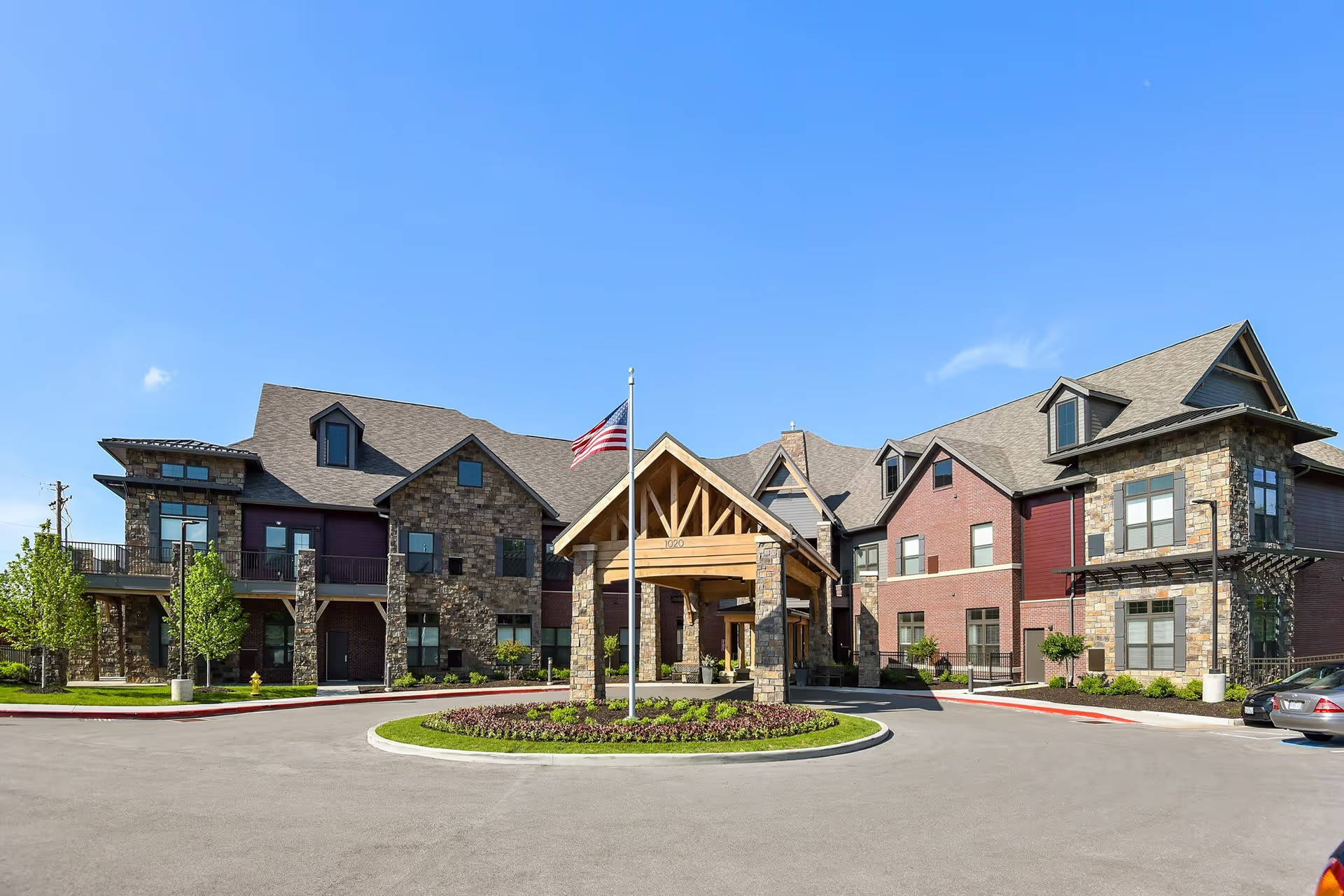Overall sentiment across the reviews is mixed but leans positive in regard to day-to-day staff interactions and the facility’s physical amenities, while raising important concerns about communication, transparency, and a few serious clinical outcomes. Multiple reviewers emphasize that the staff are caring, compassionate, and resident-focused; several families explicitly said they had confidence in the facility and no regrets about placement. Reviewers also repeatedly note practical positives: the building is well-maintained and well-decorated, common areas are inviting (well-lit library, cards and puzzles available), dining room service is helpful, the facility is clean, and therapy resources are robust (large physical therapy room). COVID-era safety measures are in place and described as strong, which some families appreciated as a sign of safety and professionalism.
Staff and care quality: The dominant positive theme is the staff. Many reviews praise individual caregivers and nursing teams as compassionate, supportive, and attentive. Several families express high satisfaction with daily care and describe a resident-first approach. These consistent positive comments suggest that routine care, personal attention, and staff demeanor are strengths at the facility. At least one reviewer also specifically noted being happy with a private room and general comfort in placement.
Communication and management concerns: Despite strong praise for frontline staff, there are notable and recurring criticisms related to communication, transparency, and management decisions. Multiple reviewers reported feeling excluded from information or decision-making; descriptions include being "secretive about care," restricted communication, and family members being locked out of a resident’s room or excluded from discussions. One reviewer reported a direct conflict or argument with the head nurse. These comments point to inconsistent communication practices and occasional breakdowns in family engagement or conflict resolution. The appointment-only visitation policy and other visitation restrictions (implemented for COVID safety) were repeatedly described as hard on families; while some reviewers accepted these as necessary safety measures, others found them overly restrictive and alienating.
Clinical concerns and adverse outcomes: While many accounts praise routine care, a small but serious subset of reviews describe clinical problems. One reviewer indicated that care "was not stabilized" and reported a situation resulting in an ER trip followed by hospice placement; that same reviewer noted their mother had not eaten or drunk for weeks prior. These are significant concerns indicating that at least in isolated cases there may have been failures in monitoring, clinical decision-making, or communication about decline and end-of-life planning. The reviews do not provide broad evidence that such events are widespread, but they are serious enough to merit careful consideration by prospective families.
Facilities and environment: Physically, the facility is described as older but well-maintained and characterful. Reviewers used terms like "cool building" and "well-decorated," suggesting charm and upkeep. At the same time, several reviewers mentioned building-age issues such as drafty windows and cold rooms, indicating that climate control and comfort in some rooms may be inconsistent. Amenities such as a large therapy room, a helpful dining room, activities (cards, puzzles), and a pleasant library are recurring positives.
COVID precautions and visitation policies: Strong infection-control measures and appointment-based visits are commonly reported. Some families appreciate the safety orientation and felt confident in the facility’s protocols. However, these policies have an emotional cost for families who feel the restrictions limit contact and exclude them from moment-to-moment caregiving and decision-making. The tension between safety and family access is a clear pattern in these summaries.
Overall assessment and considerations: Prospective residents and families can expect a facility with a caring and compassionate frontline staff, good cleanliness and aesthetic upkeep, robust therapy resources, and visible infection-control practices. However, they should also be prepared to ask specific, targeted questions about communication protocols, family inclusion in care planning, escalation pathways for clinical deterioration, privacy safeguards, and how visitation policies are applied in practice. Given the reports of an argument with nursing leadership and at least one serious clinical decline, families should clarify how the facility handles conflicts, how families are notified of changes in condition, and what measures are in place to monitor and stabilize medically fragile residents. Finally, if room temperature and draftiness are concerns, prospective visitors should tour resident rooms to assess comfort and heating individually.
In summary, Dove Healthcare - Rutledge Home shows clear strengths in staff compassion, daily care, cleanliness, and amenities, but the reviews also reveal important management and communication weaknesses and a few serious isolated clinical incidents. Those positives and negatives together suggest a facility where hands-on caregivers are commendable, but where institutional transparency, family engagement, and some building maintenance features may require extra attention from families and prospective residents.

